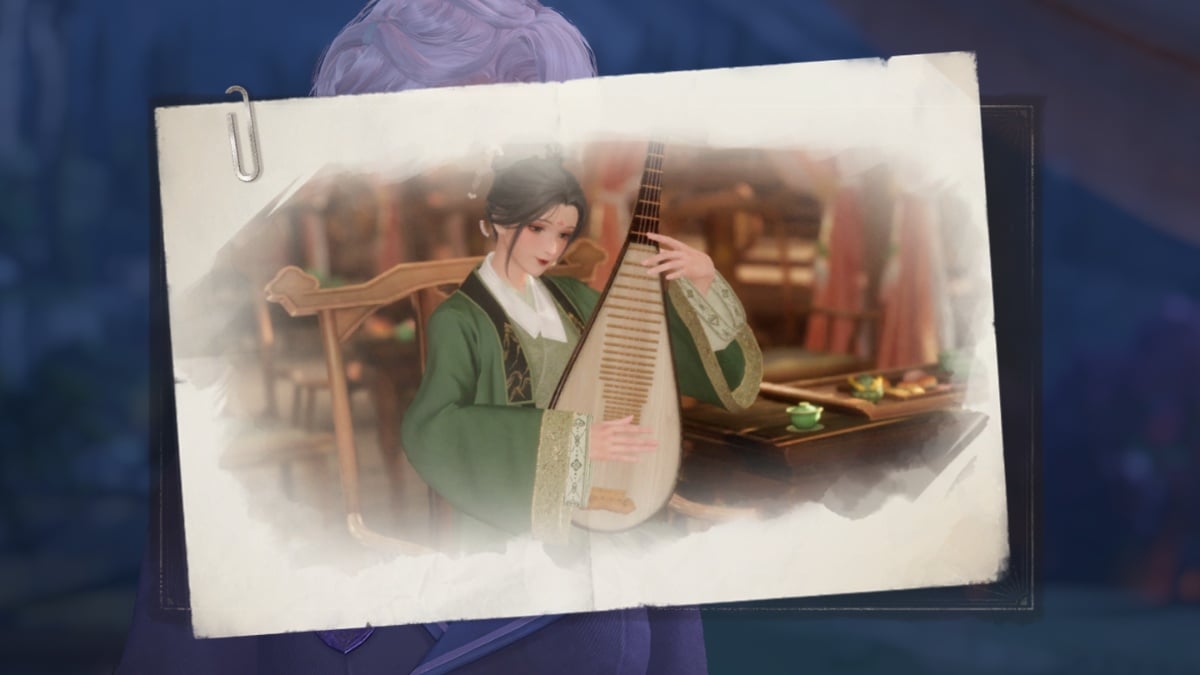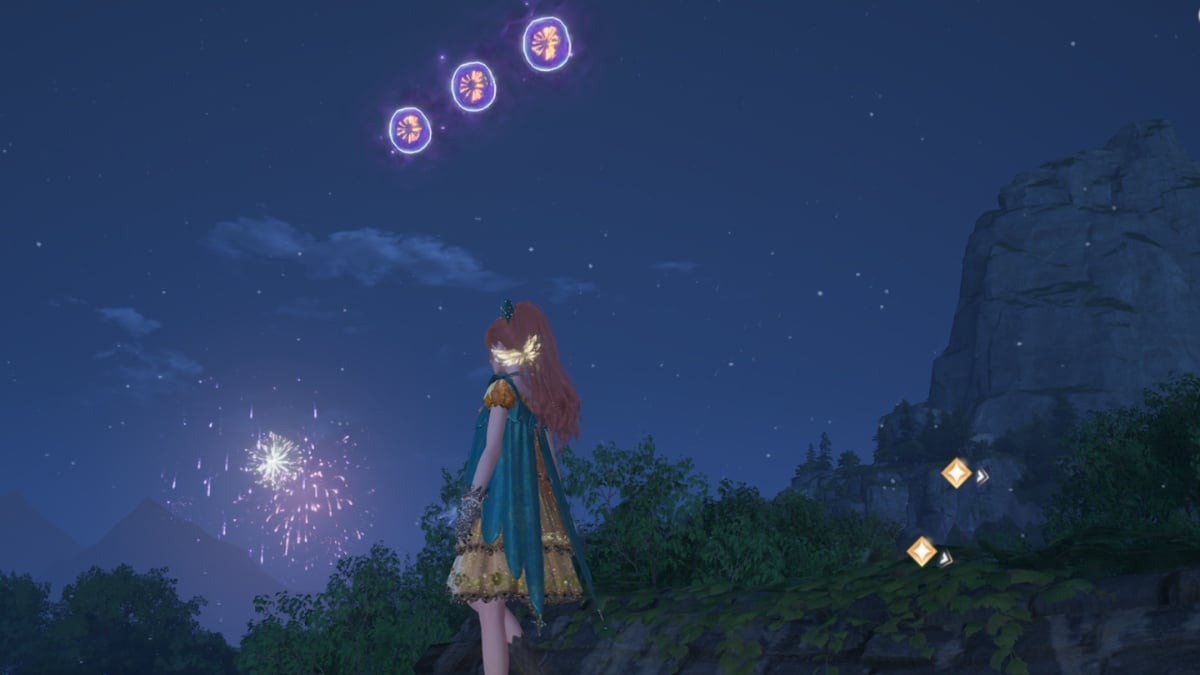At Apex 2015 last year, one of the top Super Smash Bros. players in the world was fighting for tournament life. After losing in the winners semi-finals, Joseph “Mango” Marquez had to fight his way out of the losers bracket. But in his path was one of the most skilled and technical players from Japan.
The crowd curiously looked on to see how well one of America’s top competitors would fare against a Yoshi player. As a character, Yoshi is strong, but has a weight that’s easy to combo off and speed that cannot keep pace with faster characters. He’s not a popular pick among the game’s very best.
As expected, Marquez won the first two matches of the five match set. It was looking like a clean 3-0 sweep. But then his opponent won the third match. Then the fourth. At 2-2, the last game would determine who would move on. Twitter started to explode, the match started trending. How was it possible for someone to have a chance at knocking out one of the best players in the world while using Yoshi?
In the last game, Marquez did what he had always done. He studied his opponent. He turned up the intensity, and the game started to slip away. Marquez won. When the game was over, his opponent turned around.
The crowd was cheering his name.
“AMSa!” “AMSa!” “AMSa!”
I met Masaya “aMSa” Chikamoto in front of a Starbucks on a hot Tokyo afternoon last September. He approached me wearing a vest embroidered with VG Boot Camp, his sponsor, and notably bright orange Crocs. After we sat down, Chikamoto spoke through an interpreter but answered questions coyly in both English and Japanese. He was excited to be interviewed.
The Smash pro has built a name for himself thanks to his technical knowledge of the game, but he’s most known for being incredibly precise and proficient with Yoshi.
The youngest of four siblings, he was fascinated with video games from an early age. He started playing the second version of the game, Super Smash Bros. Melee, 14 years ago. He was just 10 or 11, and picked up the game almost as soon as it was released on the Gamecube in 2001. But he wasn’t the prodigy that many might have expected considering his skill now. In fact, he only entered the competitive community about three years ago.
Over those three years, Chikamoto has played with just one character. “Melee has 26 characters. Yoshi’s place was like 21,” he said. But that didn’t matter to him. “I really liked Yoshi to begin with when 64 came up. I really liked the combination of his actions. Since then I’ve been using Yoshi.” And that was it; he didn’t study which character had the better advantage in most situations, like a lot of other competitive Smashers might do. Instead, he just stuck with the character he liked the most.
Chikamoto can’t pay his bills from Smash alone, so he works as a system engineer by day, where he’s always “facing the computer,” as he puts it. But being the best Yoshi player in the world doesn’t just happen, and the workload it requires has invariably come into conflict with his professional life.
“It’s really difficult to get a balance between work and Smash Bros,” Chikamoto said. “I need to work for my life expenses. I can’t just focus on Smash Bros. to live in Japan. So when it’s possible I try to go home early after work to practice or even wake up early in the morning and practice.”
Competing internationally is especially difficult because Chikamoto has to allot vacation time from work. Luckily for him, he doesn’t necessarily need to travel to the United States for top-level play. The Melee scene in Japan has been thriving the past three years. “In Tokyo, there are only about three [tournaments] every month. Each tournament there are 60 people.” But the numbers are “increasing,” he said. “At first there were only like 30 people, at most… and as tournaments in the US are increasing, they are increasing in Japan as well.”
For an esport to really thrive, it helps for the company behind the game to support the competitive scene. But in the past, Nintendo was outright hostile. In 2013, the company went so far as to prevent Melee from being played at that year’s edition of the world’s premier fighting game tournament, Evo. After an outcry from fans, it rescinded that decision, though the company has never elaborated on why it wanted to stop Melee from being played at Evo in the first place. (It may have had something to do with wanting to promote a newer variant of the game, Brawl.). Luckily for the esports community, Nintendo has embraced esports since the release of the latest iteration of the game, Super Smash Bros for Wii U (commonly known as Smash 4).
Still, although Nintendo is officially one entity, there can at times seem to be some cognitive dissonance between Nintendo in Japan and Nintendo of America. While Nintendo of America is willing to sponsor Evo or Apex, there wasn’t Nintendo branding while at Umebura F.A.T., the largest Smash 4 tournament in Japan. Chikamoto doesn’t feel that Nintendo is “against Melee.” He feels that “Nintendo is OK about it since a lot of people are enjoying it.” But in Japan, that may be as far as it goes.
Many Japanese gamers are gravitating towards the latest Smash, which puts Chikamoto in an interesting place within this emerging scene. “In Japan I think I can say I am famous for Smash Bros. and now I want to know about Smash 4 so that I can commentate,” he said. “It’s really the latest one. I want to study Smash 4, and I want to tell everybody about the goodness of Smash 4.” But from a competitive level “I don’t have enough time to focus on both games, so I focus on Melee at this time.”
Chikamoto’s strong focus on Melee was most evident at Apex earlier this year against Marquez. Although Marquez’s struggle to take out the Japanese player could also have to do with how Eastern and Western players approach Smash.
“Japanese players tend to be good at searching for other players’ weakness. American players tend to find their strong points, tend to focus what they’re good at,” Chikamoto said. “European players have both good and bad aspects of Japanese players. Some players are good at using their strong points, while others wait and see to find other players weak points. They have a tendency to combine both. That’s why they have two good players, Armada and Leffen. They’re good at manipulating.”
Chikamoto has found ways to push his opponents to play the game at his pace. His most notable characteristic is to wall opponents off with multiple egg-throws. And due to his innovations, Yoshi has soared on the tier list. According to Chikamoto, “now [Yoshi’s] maybe at 10, 11, or 12, and many people agree.”
The current metagame for Melee favors very fast characters that cover multiple options simultaneously—which happens to be one of Yoshi’s shortcomings. “To be honest using only Yoshi is kind of difficult now.” Chikamoto said that many of his friends have pointed out that “the combination with Sheik and Yoshi is not good, so they told me to stop using him.” So now he’s practicing Falco. “To make Yoshi play better I need a subordinate character as other players have their subordinate characters.”
Because the current metagame has so much to do with stage selection, Yoshi can find himself on unfavorable footing. At the beginning of a set, players start with stage striking. Each player takes turns banning stages they don’t want to play on until only one remains. After the first match, the loser can then choose any stage. For this reason, Chikamoto feels that he needs a backup to cover less-than-optimal counterpicks.”Yoshi has a stage problem.” Chikamoto said. “So in the best of three’s, if I lost the first one, it is difficult to win, because they choose Pokemon Stadium, Dreamland or [Final Destination]. If I have Falco, I can use him on Pokemon Stadium or Dreamland.”
There’s also a pragmatic reason Chikamoto has opted to use Falco as a secondary. “Falco’s jump frame takes five frames, and Yoshi too. Any other character, for example Fox or Sheik, only takes three frames. If I use Fox and Sheik, maybe [my] Yoshi becomes worse.”
Rather than study from Marquez, Chikamoto takes his cues from another Falco player. “The best, I think, Falco player is PPMD. Mango’s playstyle is really exciting, but I can’t do [the] same things. I learned a lot from PPMD, so I watch his videos.”
Has Yoshi been pushed to his limit? “I don’t think so,” Chikamoto says. That’s hard to believe, just considering the level at which Chikamoto plays the character. Chikamoto’s ability to consistently down-B onto ledge, which he achieved with “a lot of practice,” requires perfect timing and accuracy. His ability to pull it off without fail is stunning. “Yoshi has a unique movement in this game, and I’ve been playing Yoshi for 13 years” and jokingly said “it’s easy for me.”
As the competitive meta for Melee has grown more intense, so have the input-per-second demands of top competitors. Players like Jason “Mew2King” Zimmerman and Aziz “Hax” Al-Yami have run into repetitive stress issues, which have prevented both from playing. Al-Yami was sent to the emergency room in May of 2013 after he lost sensation in his fingers. Chikamoto feels that his hands “are doing good,” “but when I practice Falco it started hurting. In my work I always use [a] PC and touch the keyboard or something, so it makes my hands worse too. I have been to a bonesetter’s office and gotten hand massages about once a week, so now I feel okay.”
Chikamoto still has grand aspirations behind all the practice and pain. “My goal is to win first at an international competition. It can be difficult, but if I use my time efficiently, and think and know about my both weak and strong points of the game, I could be as good as Mango.”
Luckily for Chikamoto, he has his friends and family behind him. “My siblings think it’s great, but my parents don’t really understand because of their generation, but they are being supportive.” His co-workers were also really excited to see him trending on Twitter during Apex. Hopefully that excitement will translate to some leniency from upper management.
“My Vacation time recovery is in February,” which poses a challenge for January’s Genesis and Apex. “So I have to tell my boss “please, I wanna go, is it ok?”
He didn’t make it to Genesis. But if Melee fans are lucky, he just might make to Apex.
Screengrab via Imad Khan






Published: Jan 14, 2016 08:21 am